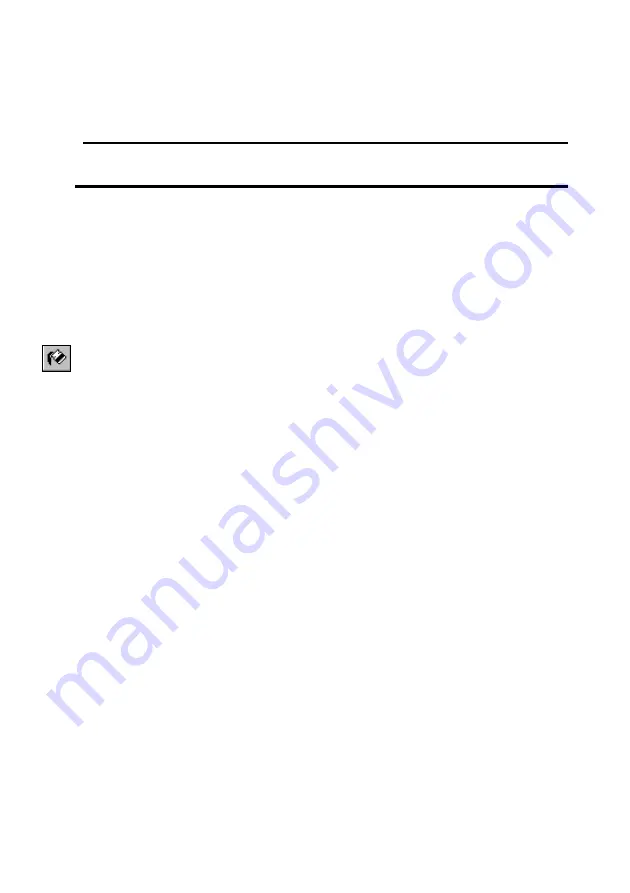
WiseImage – User’s Guide
156
Selecting an image to fill is performed using the following rule. If there is only one
available (visible, placed on an unlocked layer) monochrome image, then the
operation will be made on it. Otherwise you should select an image. You can select
an image (as an AutoCAD object) before or using the selection dialog box after
invoking the command.
*
For more details on selection procedure see “Selecting a Single Image ” on
page 19.
Þ
A convenient to choose the options for this command is by using the cursor
menu.
To floodfill a closed outline/to erase an isolated object
1. Set drawing color in the
Fill
entry of
Colors
section of
Tools > Options >
WiseImage
dialog box.
2. Select an image on screen and start the operation using one of the following
methods:
From the
rEdit
menu choose
FloodFill
.
Click the
FloodFill
button on the
WiseImage
toolbar
- or -
Start the operation without selecting an image.
Select an image you want to process using the dialog box.
The following prompt appears:
Point for flood floodfill or [Erase/Undo/eXit]
3. To floodfill an outline, click on a point within the closed raster outline.
4. To erase an isolated object, choose the
Erase
option and click on an object to
be erased (isolated raster fragment).
Rasterizing Vector Objects
Rasterization converts vector objects to raster objects, and the obtained raster is
inserted into selected raster images.
To setup a line width
When performing rasterization of vector objects, you can set their widths either by
the raster object color, or by the AutoCAD
Lineweight
attribute.
For all AutoCAD objects the width can be specified using the
Lineweight
attribute.
The width of the raster line obtained depends on the line weights assigned by
AutoCAD. Alternatively you can specify the correspondence between an object’s
color and its resulting raster line width. In this case, all AutoCAD objects of the
same color will be converted to raster lines with their width corresponding to their
color.
















































